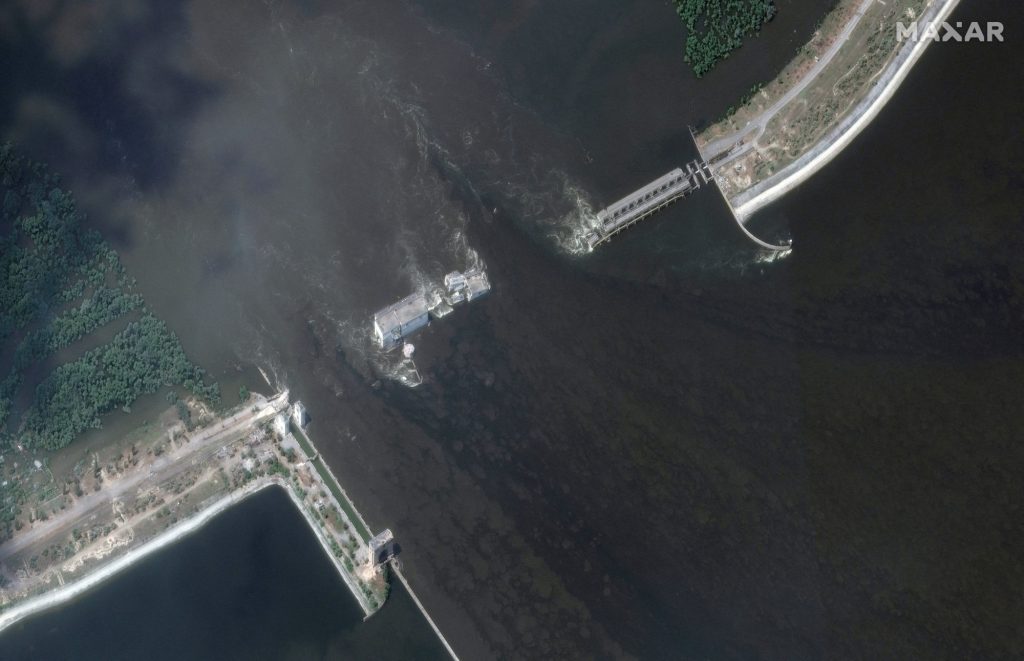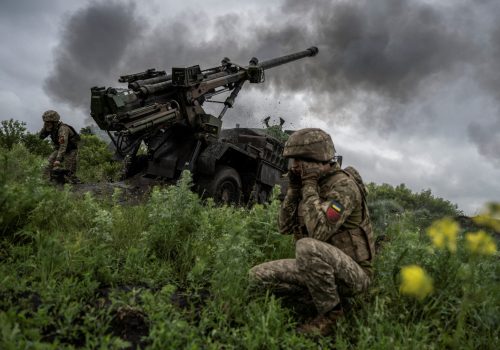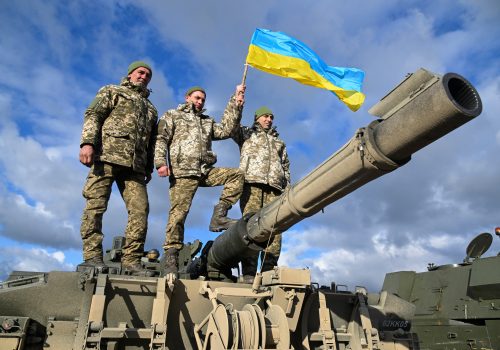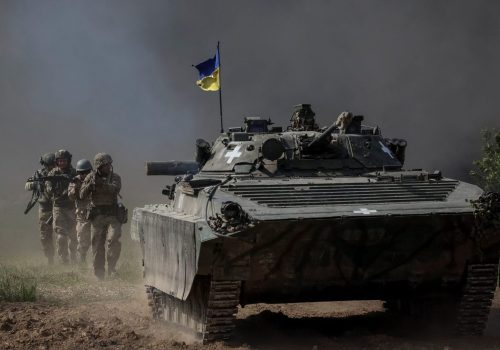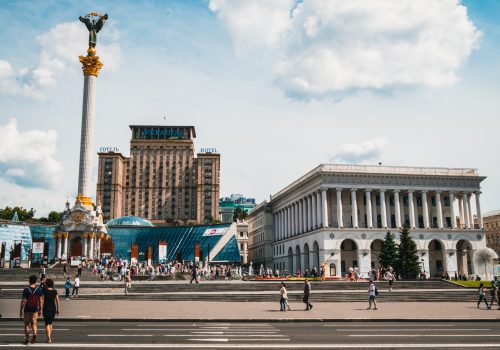
Kakhovka dam collapse threatens Europe’s largest nuclear plant

The blowing up of the Kakhovka dam in Russian-occupied southern Ukraine in the early hours of June 6 has produced a range of catastrophic humanitarian and environmental consequences. The resultant draining of the Kakhovka reservoir also creates significant risks for the nearby Zaporizhzhia Nuclear Power Plant. The plant, which is the largest in Europe, is not believed to be in any immediate danger, but rapidly dropping water levels in the reservoir will make it difficult to access the water necessary to cool the plant’s six reactors.
Nuclear power plants work by splitting atoms to create tremendous heat, which turns turbines to generate electricity. The heat created is so extreme that advanced cooling systems are required to keep temperature levels under control and prevent a meltdown. The Fukushima disaster was the result of a cooling system failure when a tsunami caused by a major earthquake disabled the Japanese nuclear power plant’s cooling system and three reactors melted down from their own heat. By contrast, the 1986 Chornobyl disaster in Soviet Ukraine was due to human error that caused the graphite reactor cores to burn.
The Zaporizhzhia plant features VVER-1000 pressurized light water reactors. This means that a Chornobyl-style meltdown is not possible as there is no graphite to burn, but the risk of a cooling system failure is a grave concern. The plant has been carefully monitored by the International Atomic Energy Agency (IAEA) since it was first captured by Russian troops in March 2022 during the early weeks of the full-scale Russian invasion.
Since then, Russia has repeatedly struck the transmission lines that power the plant’s cooling systems, necessitating the use of back-up generators to keep the cooling system operational. Despite regular alarms over the close proximity of combat operations and the deployment of Russian troops at the plant, the risk of a nuclear disaster has been seen as present but never pressing due to numerous residual safety features. For example, the plant can run on its own power for short periods of time if power grid access and generators simultaneously fail. So far, this hasn’t happened.
Subscribe to UkraineAlert
As the world watches the Russian invasion of Ukraine unfold, UkraineAlert delivers the best Atlantic Council expert insight and analysis on Ukraine twice a week directly to your inbox.

-
-
-
This field is for validation purposes and should be left unchanged.
The Kakhovka dam collapse has now increased the risk of disaster. In addition to electricity, the plant needs large quantities of water to run its cooling system. The plant was built in the 1980s, decades after the Kakhovka dam was constructed, and features a design that relies on reservoir water for its cooling system. And although the plant’s six reactors have been turned off for more than eight months to reduce the likelihood of wartime nuclear accidents, it will still be a decade before the reactor fuel rods are cool enough to be moved into dry storage.
Water levels in the reservoir have plummeted since the blast on Tuesday morning. At this stage, nobody can say with any certainty how far the water levels will eventually drop before leveling out. The IAEA commented on June 7 that if water levels fall below 12.7 meters, the lowest level at which water can be pumped upstream to the Zaporizhzhia Nuclear Power Plant, there are alternative options that can be used to source cooling system water. One day later, this point was reportedly reached. With the Kakhovka dam beyond repair and no clear way to stop it hemorrhaging water from the reservoir, it seems likely that external water sources will be necessary.
Eurasia Center events

At present, IAEA officials say there is “no immediate risk” to the plant, while officials from Ukraine’s nuclear operator Energoatom have stated that water supplies stored close to the facility are sufficient for the next few months. However, others have noted that summer heat could speed evaporation and exhaust existing reserves far sooner.
The destruction of Kakhovka dam is widely viewed as the latest and most reckless in a series of attacks on Ukrainian civilian infrastructure carried out by Russia since the full-scale invasion of Ukraine began almost sixteen months ago. While Moscow has officially denied destroying the dam, initial analysis points to Russian responsibility. A New York Times article citing engineering and munitions experts concluded that a “deliberate explosion” inside the Russian-controlled dam “most likely caused its collapse.” Meanwhile, independent experts have confirmed that the Cold War era dam, which was built to withstand a nuclear attack, would be extremely difficult to destroy via external bombardment, according to The Times.
In addition to the heightened risk to the Zaporizhzhia Nuclear Power Plant, the destruction of the dam has also unleashed an ecological disaster throughout the region. Tens of thousands of local residents whose homes have been flooded are in urgent need of care and shelter. Significant quantities of oil and chemicals have poured into the Dnipro River and must be contained, along with munitions. These are the most immediate challenges facing the Ukrainian authorities.
The risks posed to Europe’s largest nuclear power plant by the loss of access to reservoir water must also be addressed without delay before the situation becomes critical. Beyond this pressing logistical issue, the blowing up of the Kakhovka dam is also fueling speculation over whether Russia may be prepared to adopt similarly drastic measures at the Zaporizhzhia plant itself. With this in mind, the international community must send a clear message to Moscow that it will be held accountable for any further attempts to intimidate the world with the threat of nuclear disaster.
Suriya Jayanti is a nonresident senior fellow at the Atlantic Council.
Further reading
The views expressed in UkraineAlert are solely those of the authors and do not necessarily reflect the views of the Atlantic Council, its staff, or its supporters.

The Eurasia Center’s mission is to enhance transatlantic cooperation in promoting stability, democratic values and prosperity in Eurasia, from Eastern Europe and Turkey in the West to the Caucasus, Russia and Central Asia in the East.
Follow us on social media
and support our work
Image: A satellite image shows Kakhovka dam and hydroelectric plant after its collapse, in Nova Kakhovka, Ukraine. June 7, 2023. (Maxar Technologies/Handout via REUTERS)
